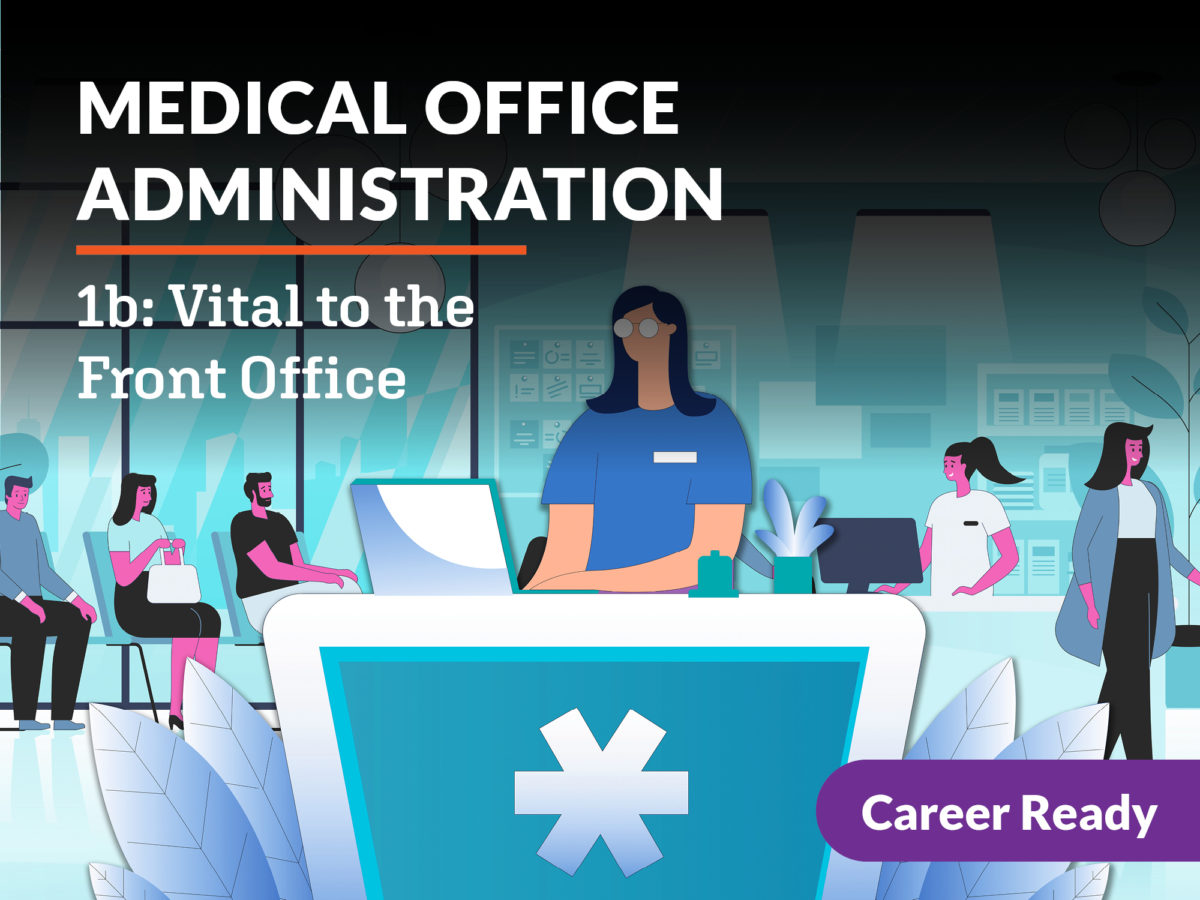A Full Guide to Medical Administration Certifications and Credentials
A Full Guide to Medical Administration Certifications and Credentials
Blog Article
Finest Practices in Medical Management for Improving Effectiveness and Minimizing Expenses
In the ever-evolving landscape of health care, the quest of best techniques in clinical management is vital for boosting performance and suppressing costs. By integrating advanced innovations such as electronic wellness records and telemedicine, doctor can improve procedures and improve patient care. Technology alone is not a cure all; maximizing resource allotment and cultivating joint interaction among treatment groups are equally vital. As companies make every effort to stabilize top quality and cost, what strategies should be focused on to attain these dual goals? The response to these inquiries hold the trick to a much more lasting healthcare system.
Leveraging Advanced Modern Technology
In today's swiftly evolving healthcare landscape, leveraging advanced innovation is no longer optional yet vital for efficient medical management. The combination of digital services into health care systems has transformed the means facilities run, improving processes and improving client care. Electronic Health And Wellness Records (EHRs) are pivotal, offering thorough individual data that can be accessed promptly by accredited personnel, therefore reducing redundancy and lessening mistakes. By systematizing person information, EHRs eliminate the requirement for troublesome documents and help with smooth communication amongst medical care suppliers.
Telemedicine is one more technical improvement that has transformed patient interaction. It supplies benefit for both people and healthcare specialists by enabling remote assessments, which can decrease the requirement for in-person visits and maximize visit scheduling. In addition, telehealth systems can extend healthcare access to country or underserved areas, connecting spaces in treatment distribution.
Additionally, the usage of Expert system (AI) and artificial intelligence is becoming progressively common in predictive analytics, permitting very early discovery of potential health and wellness concerns and even more informed decision-making. These technologies, when integrated properly, can enhance analysis accuracy and customize client treatment plans, eventually leading to enhanced healthcare outcomes and operational effectiveness.
Optimizing Resource Allocation
Reliable resource allotment is vital for maximizing the effectiveness of clinical administration. By tactically handling sources such as employees, equipment, and finances, health care centers can considerably boost their operational efficiency, improve client results, and minimize unnecessary expenditures. The very first step in enhancing resource allotment includes carrying out an extensive evaluation of existing possessions and identifying areas where resources might be underutilized or overextended. This analysis needs to be data-driven, utilizing metrics and analytics to notify decision-making procedures.
Focusing on source allocation based on person needs and service needs is vital. Applying flexible staffing versions can additionally enhance labor resources by readjusting employees allotment in action to changing client quantities.
Monetary sources need to be thoroughly kept an eye on and alloted with strategic insight to sustain both short-term functional needs and long-term institutional objectives. This includes investing in training programs that enhance staff competencies and adopting energy-efficient practices that reduce functional costs (medical administration). Ultimately, an optimized source appropriation method promotes a sustainable health care atmosphere that is responsive, effective, and monetarily prudent
Streamlining Process Processes
When healthcare centers objective to enhance operational performance, enhancing process procedures ends up being an essential focus. Effective operations reduce redundancy, eliminate unneeded steps, and boost sychronisation amongst health care experts. This approach not only accelerates service delivery yet additionally boosts the high quality of client treatment.

Following, innovation combination plays a considerable duty in enhancing workflows. Implementing electronic wellness documents (EHRs) and electronic medical professional order entry (CPOE) systems reduces documents, reduces human mistake, and ensures info comes to all relevant personnel. Additionally, leveraging telemedicine systems can have a peek at this site enhance client assessments and follow-ups, decreasing the stress on physical facilities.

Ultimately, structured operations result in cost decreases and article improved patient complete satisfaction, promoting a more sustainable healthcare atmosphere.
Enhancing Information Monitoring
Building upon streamlined operations, optimizing data management becomes an important part in progressing health care management. Reliable information administration systems are essential for maintaining exact client documents, enhancing decision-making, and guaranteeing compliance with governing requirements. By applying robust information management remedies, health care centers can improve the quality of person care while simultaneously reducing functional costs.
One trick facet of enhancing information management is the integration of advanced electronic health and wellness record (EHR) systems. These systems promote the smooth exchange of patient info across various divisions, decreasing duplication of tests and reducing errors. A properly designed EHR system sustains information analytics, allowing doctor to identify trends and make educated choices concerning person care.
Furthermore, securing client information is paramount. Embracing extensive cybersecurity actions, including encryption and routine audits, guarantees the stability and discretion of delicate information. This not only shields people yet also keeps the establishment's online reputation.
Investing in staff training is an additional crucial factor. Educating medical care specialists on information administration methods improves their capacity to properly utilize technology, resulting in enhanced individual results. Finally, boosting data management with sophisticated innovation and detailed training is necessary for attaining performance and expense decrease in medical administration.
Fostering Collaborative Communication
An essential part ahead of time clinical administration is promoting joint communication among healthcare experts. Efficient communication is critical for making sure seamless client care, maximizing therapy results, and lessening errors. By encouraging open discussion and control across multidisciplinary teams, medical care companies can improve their operational efficiency and lower unnecessary costs.
Central to this strategy is the assimilation of communication technologies such as digital health and wellness records (EHRs) and safe and secure messaging platforms, which facilitate the look these up quick exchange of crucial person information. These devices allow healthcare companies to access and share information in real time, making certain that all employee are notified and aligned in their decision-making procedures. Normal group conferences and interdisciplinary rounds can further advertise a society of collaboration and liability.
Training programs focused on improving communication skills are likewise crucial. Ultimately, fostering collaborative communication leads to enhanced medical care distribution and cost financial savings.

Verdict
Integrating innovative technology, such as digital health and wellness records and telemedicine, along with maximized source appropriation and structured workflow processes, is vital for enhancing efficiency in clinical management. Effective information administration and fostering collaborative interaction amongst healthcare teams are important for lessening redundancies and enhancing care top quality. By prioritizing preventative treatment and participating in top quality enhancement efforts, medical care organizations can achieve considerable price savings and improved patient end results, consequently guaranteeing sustainable medical care shipment in an increasingly complex atmosphere.
Report this page